Magenta is a town in Italy about 25km west of Milan.
The Battle of Magenta was fought on 4 June 1859 during the Second Italian War of Independence, resulting in a French-Sardinian victory under Napoleon III against the Austrians under Marshal Ferencz Gyulai.
The second War of Italian Independence, also called the Franco-Austrian War, the Sardinian War, the Austro-Sardinian War or Italian War of 1859, was fought in Lombardy. It was fought between Austrian and Franco-Piedmontese armies and resulted in the annexation of most of Lombardy by Sardinia-Piedmont, leading eventually to the unification of Italy.
France’s assistance was not out of the magnanimity of its heart. A year before the war, in the Plombières Agreement, France agreed to support Sardinia’s efforts to expel Austria from Italy in return for the Duchy of Savoy (in the north-west of Italy bordering France) and the County of Nice.
In the RGB colour wheel, magenta is opposite Green, and made therefore from blue and red. Natural compounds of blue and red do not mix to form the colour we know as magenta, which is made chemically. It was first made in 1856 as Fuchsine, or rosaniline hydrochloride, a magenta dye with chemical formula C20H19N3·HCl.
After the Battle of Magenta in 1859, the name of the compound became known as magenta to reflect the carnage at the battle.
I just made a patch of magenta in RGB and CMYK. The proportions are easy. In RGB magenta is the mix of 100% Red and 100% blue, both of which are produced as 255 on the intensity scale. The resulting patch gives a file size of just 7KB. In the CMYK colour space the file size is fifty times that size. I’ve no idea why. Plus there is the fact that displaying CMYK on an RGB computer screen is its own kind of madness. Still, here are three patches, first the hexadecimal RGB #ff00ff for magenta, then the formula I just mentioned, and then the CMYK.
Question: Can you see a difference between the first two patches?


